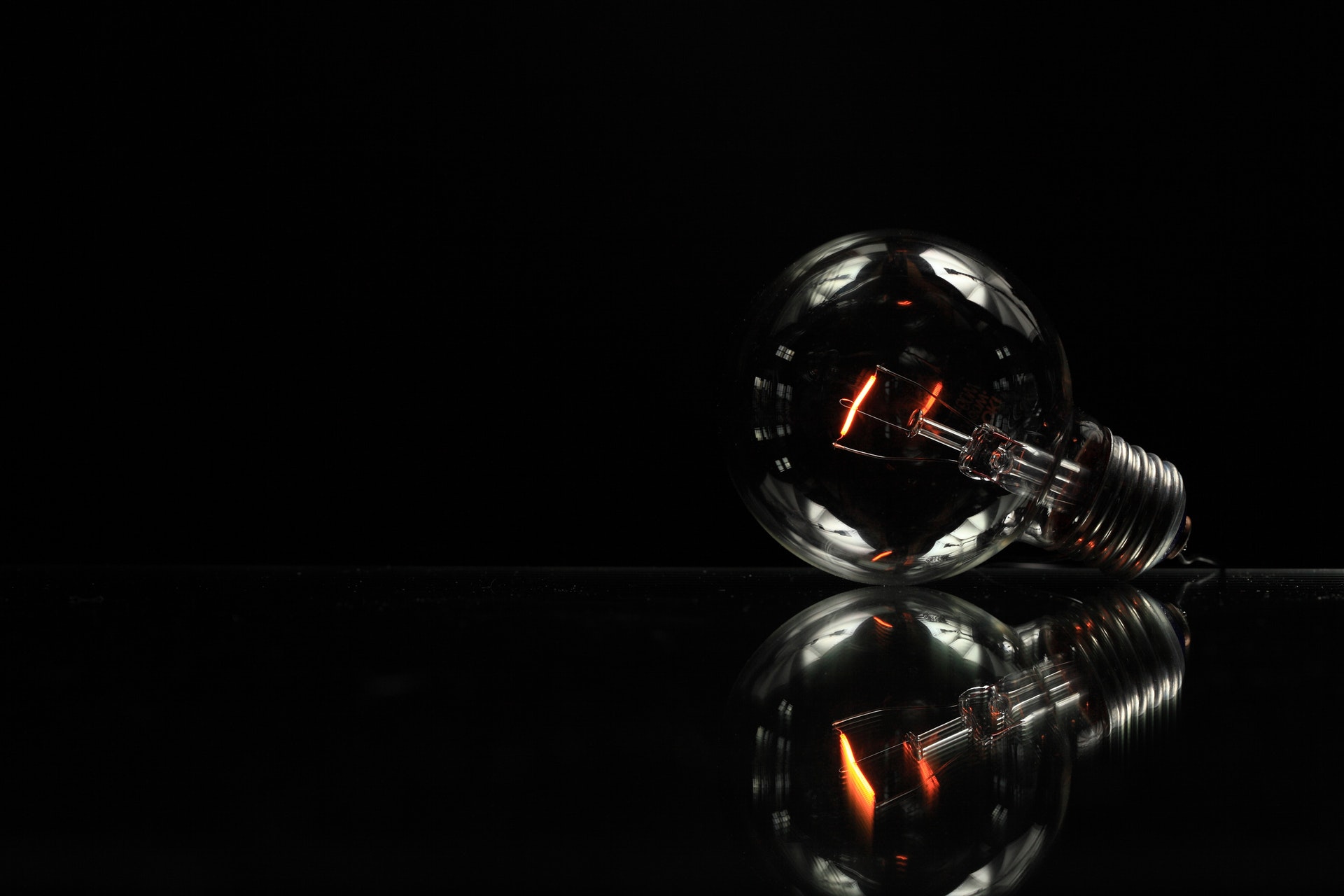
Helpful Free Advice From S B Electrical
What Is Earthing?
What is earthing?
If your electrical installation develops a fault, touching a live metal part could result in an electric shock. This happens because the electricity flows through your body from the live part to earth.
Earthing is a means of protecting you from an electric shock. The earth wire (protective conductor) provides a good conductive path for the fault current to flow to earth. It also causes either the circuit breaker or fuse to cut off the electricity to the circuit that has developed a fault.
A good example of this would be an electric shower that develops a fault, the fault current would flow through the earth wire (protective conductor) to earth. The circuit breaker or fuse (protective device) in the fusebox ensures that the electricity supply to the shower is switched off. The shower is now safe and will not cause an electric shock to the person using it.
What is bonding?
To reduce the risk of electric shock to anyone who may touch two separate conductive parts when a fault is present somewhere in the supply of electricity, we use bonding. By connecting all conductive parts together, or bonding them together, the touch voltage is reduced from what it might have been. Earthing and bonding look very similar visually with each having green and yellow sleeving as identification. However, both earthing and bonding must be carried out on an electrical installation.
Do earthing and bonding need checking ?
Any additions or alteration made to your electrical installation will result in both the main earth and bonding conductors being checked (as well as other things) to ensure they are up to the required standard. This is because the safety of any new work you have done (however small) will depend on the earthing and bonding arrangements.